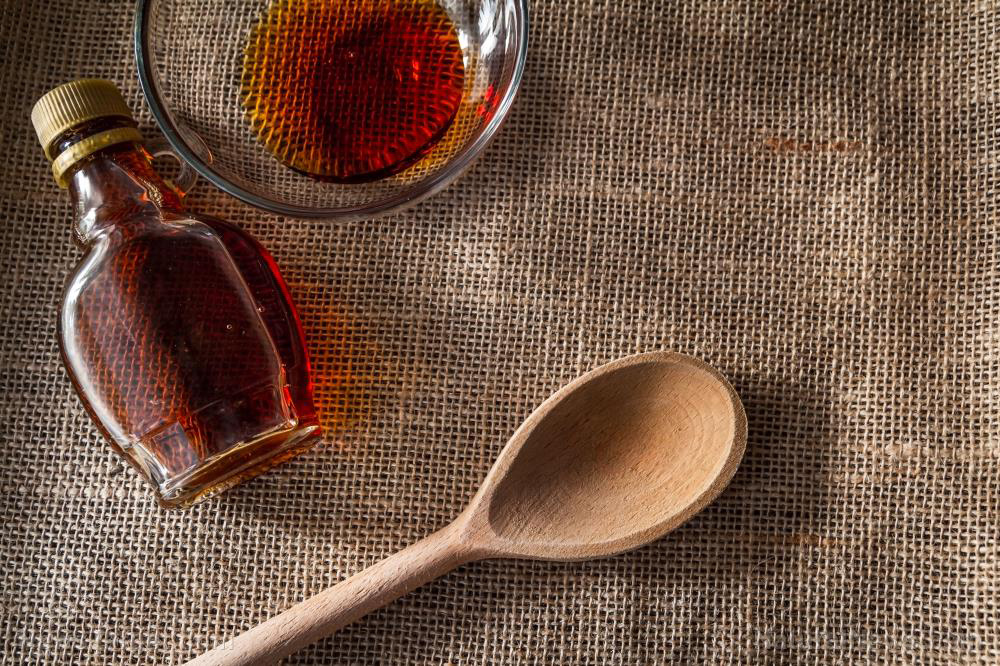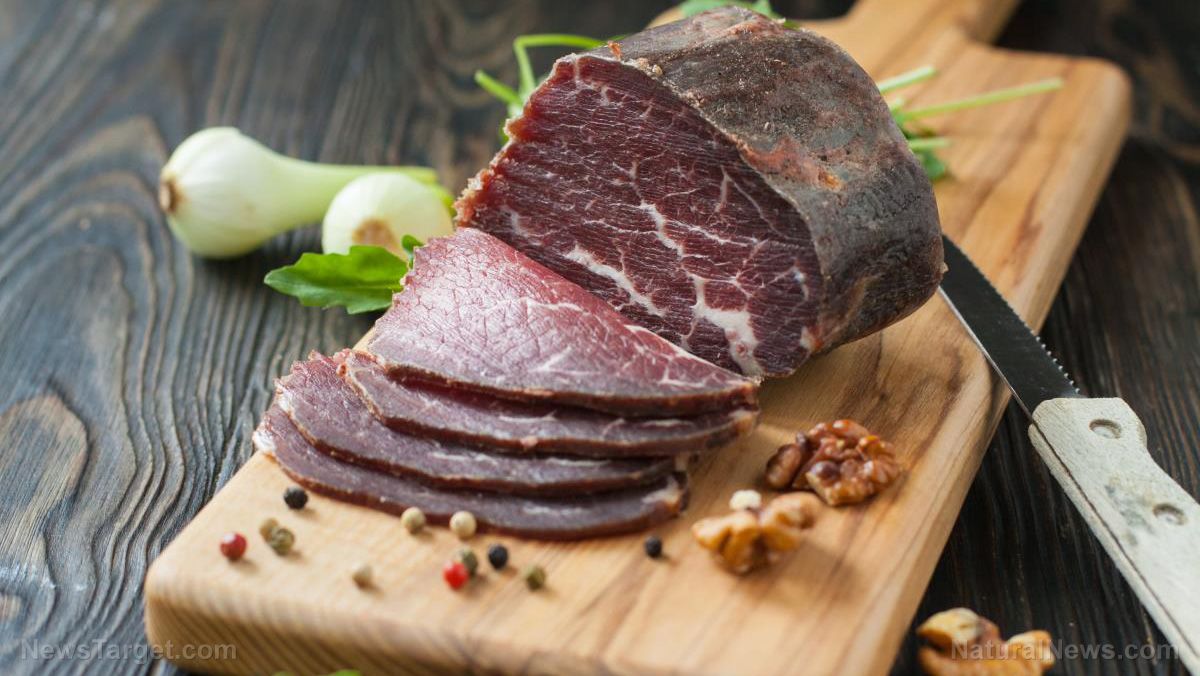Prepping your pantry: 10 must-have food items with a long shelf life
04/01/2018 / By Vicki Batts

When it comes to prepping your pantry, there is no shortage of options to choose from. But space must be used wisely, and choosing nutrient-dense foods with a long shelf life is of utmost importance. When the day to bug-out finally comes, you want to be sure that you’ve got enough food and water to last — and that it won’t go bad before you even get a chance to consume it!
While there are many options for prepackaged organic storable foods, there are also plenty of foods that you pack and stockpile on your own. Here’s a list of 10 basic storable foods any prepper should keep in mind (and in their pantry):
1. Canned or dehydrated meats
Tins of tuna, chicken, chilis and stews can typically be stored for around three years. While not the longest shelf life of all, these are great options to keep in your cupboards. You can often find these items on sale at your local grocery store. American Prepper Network recommends purchasing tuna and other meats that are canned in oil, as these options will typically last a fair bit longer than their water-based counterparts. While these items are not necessarily the “healthiest,” and are by no means preferred foods, in a disaster scenario, these foods provide protein, salt and fat — things your body needs to survive. And when doomsday comes, survival trumps everything else.
Dehydrated meats, like jerkies and the like, are another good option for preppers. You can even purchase your own meat dehydrator so you can store your own meats for the long haul.
2. Dehydrated fruits and veggies
There are an array of dehydrated fruits and vegetables to be had. With a shelf-life of up to seven years, dehydrated fruits and veggies are a great choice. Whether it be raisins, apples, or bananas, dehydrated fruits are sure to provide a much-needed dose of vitamin C, fiber and other micronutrients. For vegetables, dried tomatoes or carrots can provide beta-carotene, lycopene, and vitamin A. Dried plants will provide you with essential micronutrients, antioxidants and phytonutrients to help keep your health up to par.
3. Oils and fats
Coconut oil, olive oil and other shelf-stable fats are ideal to keep in a prepper pantry. In addition to providing essential nutrients, fats are good to have on-hand for a few reasons. They are good for use in a number of cooking applications and are also great for body care in a pinch. Coconut oil, for example, is a great moisturizer and can also be used in dental care.
4. Dried beans and legumes
There are many types of dried beans and legumes to choose from; chickpeas, kidney beans, black beans and lentils are probably some of the most readily available and versatile options, but really, any bean will suffice. They are great sources of plant protein and carbohydrates for keeping up your strength and energy — and they provide micronutrients like iron, too.
5. Potato flakes
Potato flakes can be stored for 15 to 30 years, if kept properly. And they can be used in a variety of meals, including mashed potatoes, soups and stews. Potatoes are a good source of potassium.
6. Rice and pasta
Rice and pasta, when stored properly, can last 20 to 30 years, and are a great source of carbohydrates for energy. They fill you up and can be used to help stretch other ingredients, like meats.
7. Rolled oats
Rolled oats can stay on the shelf for up to 30 years, and are a great source of protein and fiber. With some dried fruit and dehydrated milk, you’ve got a really great meal.
8. Dehydrated milk and eggs
These two are great sources of protein that can be stored for quite some time. Making sure that these products stay totally dry is integral to keeping their shelf-life, however.
9. Honey
Honey can be stored almost indefinitely. While typically used as a sweetener, it also makes for a great source of energy in a pinch. Plus, it can be used to improve the palatability of other foods. It’s also a great antibacterial agent for wound care.
10. Salt
Again, not necessarily a food, but essential nonetheless. Did you know that salt is a valuable nutrient that your body depends on to function? It can be stored indefinitely as long as it’s kept dry, and it can be used to help store other foods, in cleaning efforts and to help cleanse wounds.
Learn more at Preparedness.news.
Sources for this article include:
Tagged Under: Collapse, food safety, Food storage, Gear, preparedness, prepping, storable foods, survival food



















